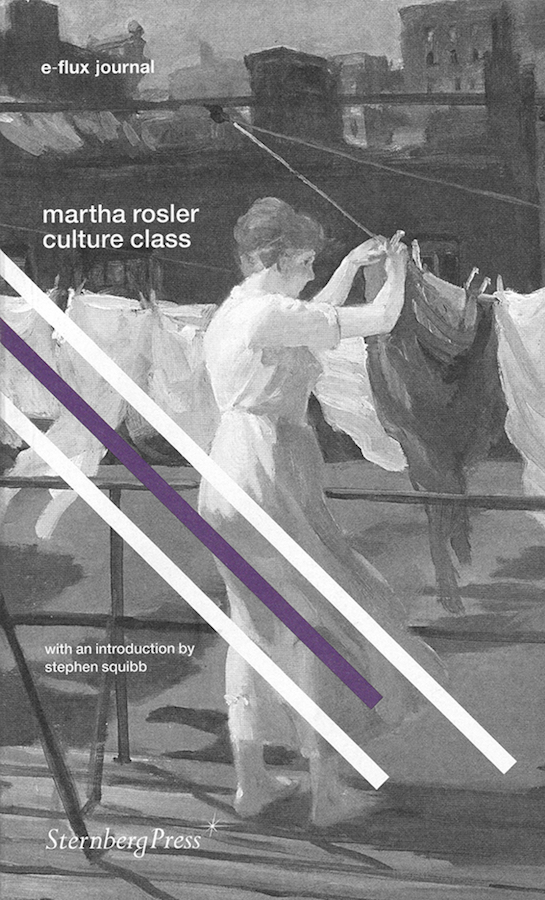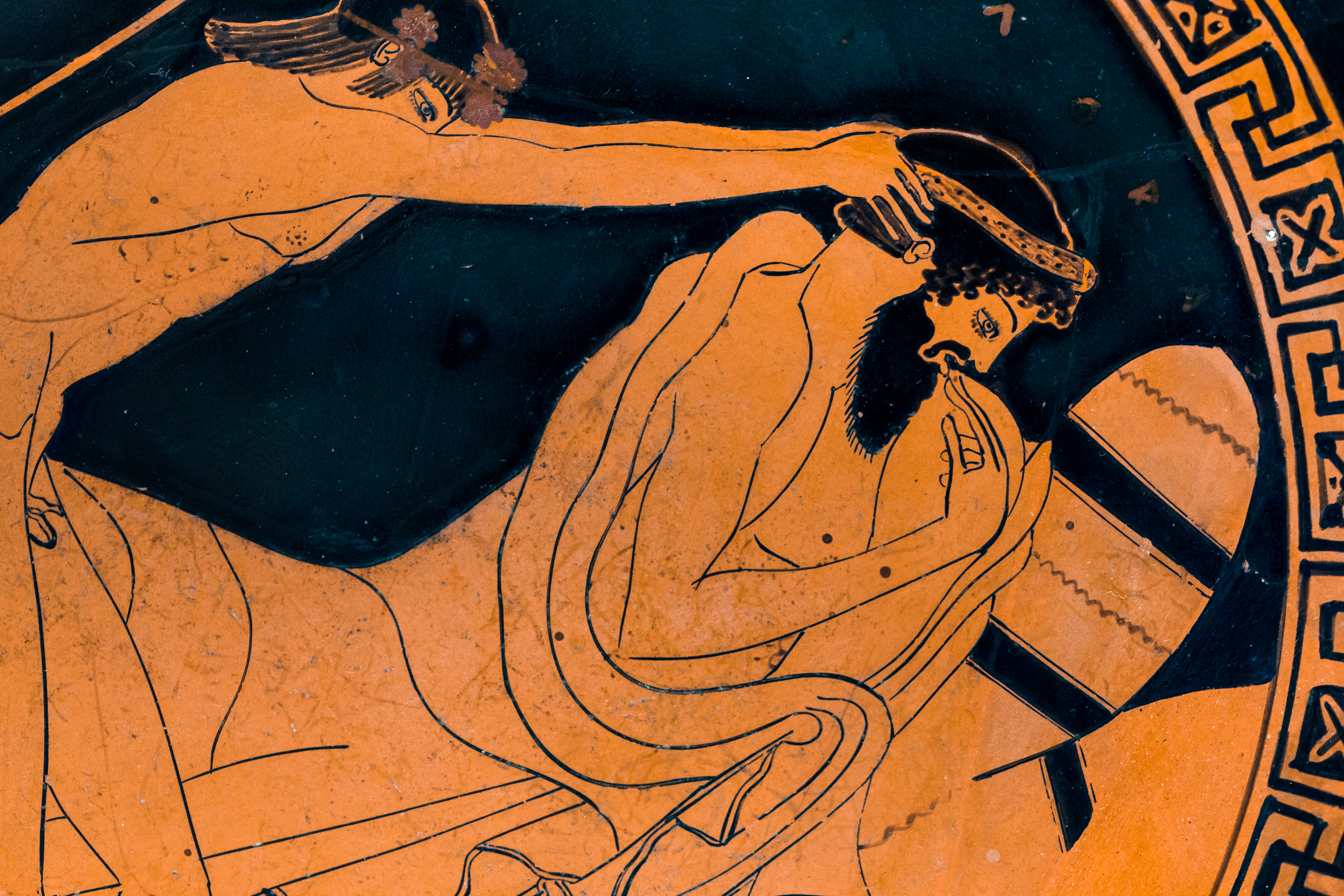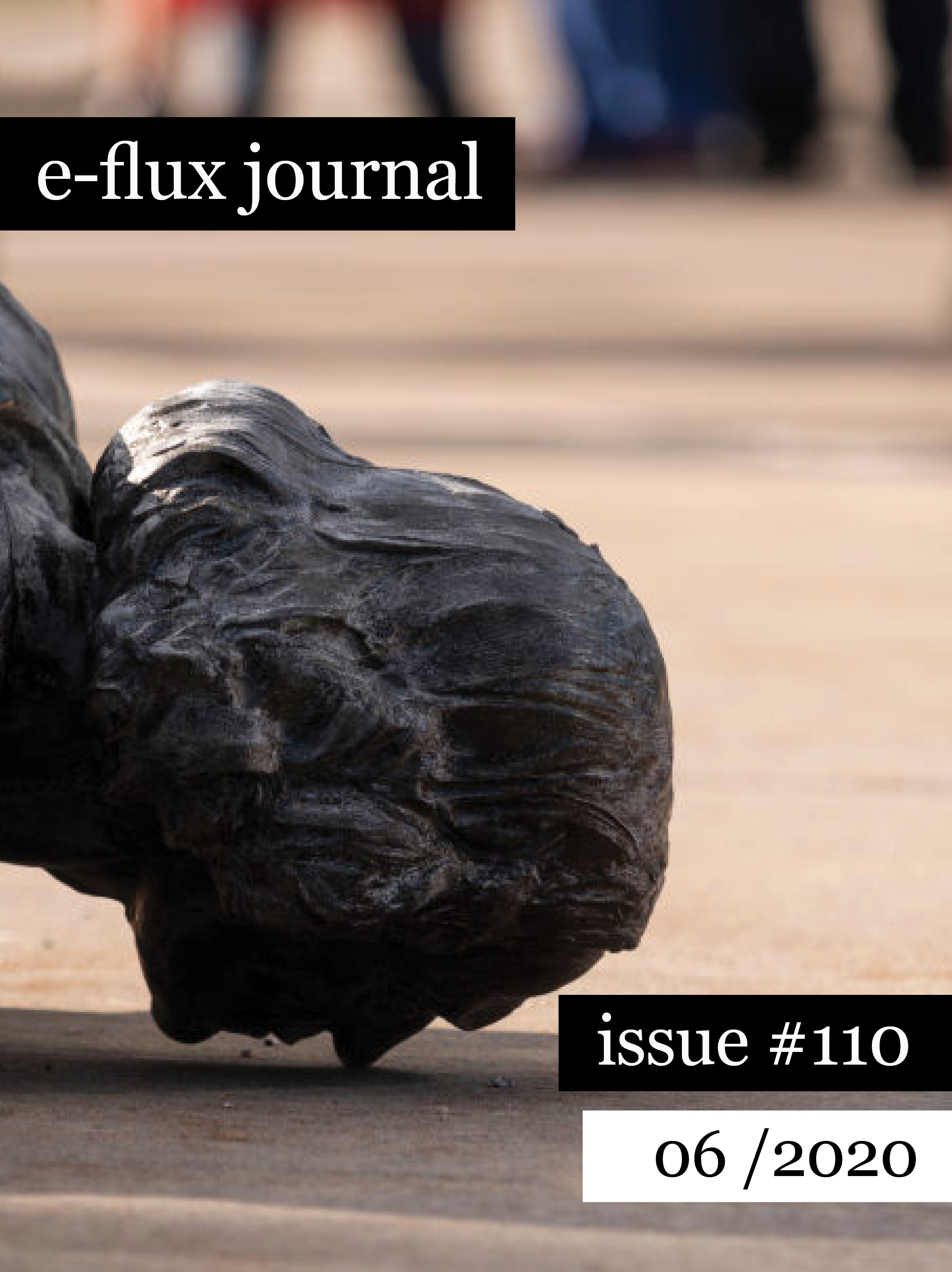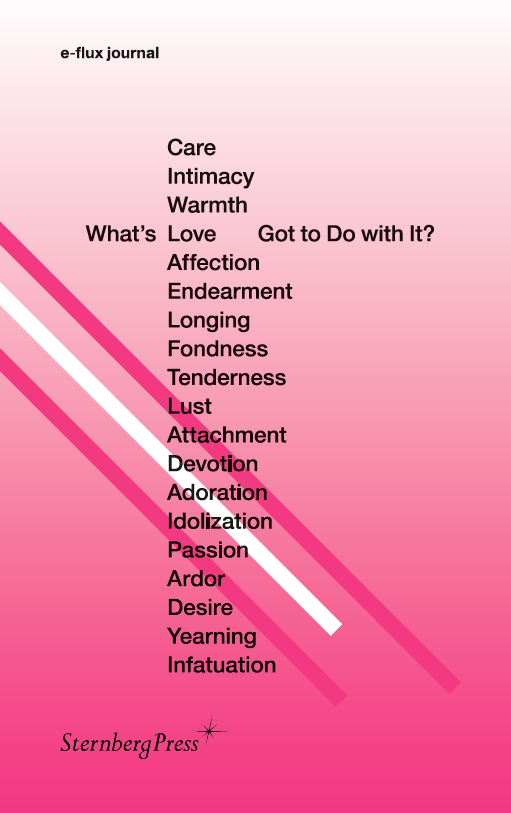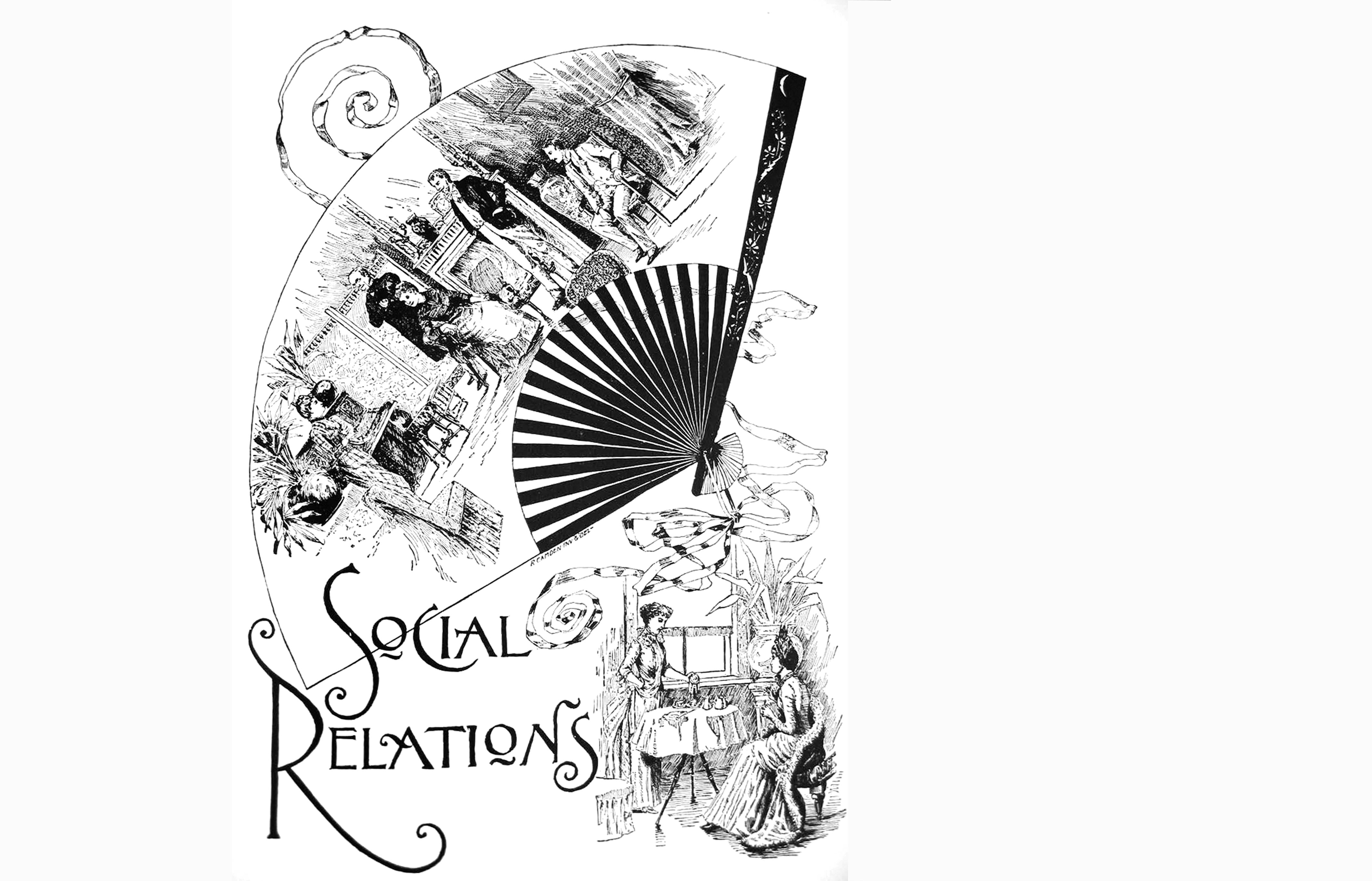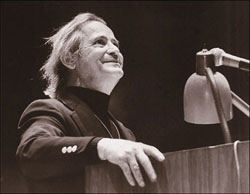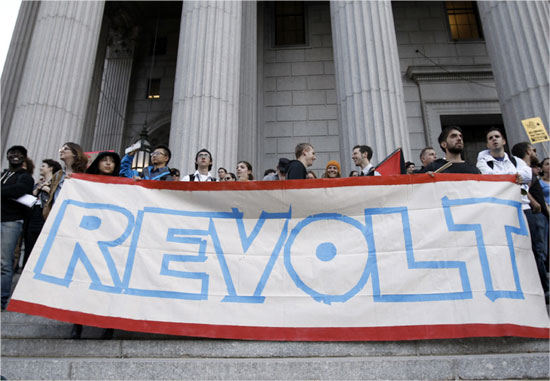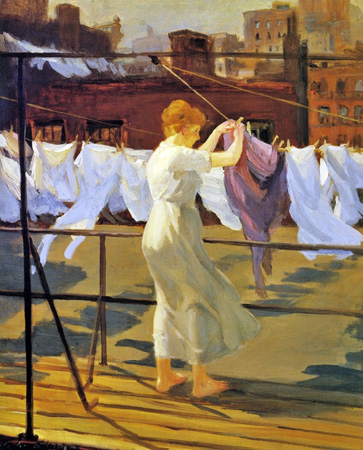Culture Class
Martha Rosler
What makes a city successful today? Over the past few decades, artists—and more broadly, clusters of creative people—have become central to narratives of urban revitalization and civic growth in cities around the world.
In many locales, artists in search of cheap rent constitute the vanguard wedge of gentrification. Yet the so-called creative class includes whole categories of knowledge workers enjoying far less precarious conditions than artists, and it is their affluence that continually leads to the displacement of both working-class residents and artists alike. In the creative city, the branding of subcultural movements, the translation of the gritty into the quaint, and the professionalization of the arts combine to produce a user-friendly social interface dressed in the trappings of former bohemian artistic milieus.
How do we confront the soft violence of an urban landscape that adapts itself to successive booms and busts by dissolving or willfully suppressing class distinctions to the point of amnesia? Has a contradiction emerged between the declared politics of artists and their actual role in flows of global capital that course through biennials and art fairs? Can we take the broad commitment of so many artists to the Occupy movement as a signal of their desire to mobilize and redirect their energies back toward social justice?
This collection of essays written between 2010 and 2012 presents Martha Rosler’s most extensive update to her consideration of the role of artists in world culture and in urban gentrification since her landmark 1989 project If You Lived Here….
With an introduction by Stephen Squibb
Edited by Julieta Aranda, Brian Kuan Wood, Anton Vidokle
Contents
Foreword
Author’s Preface
Stephen Squibb, Introduction: On the Artistic Mode of Production
Take the Money and Run? Can Political and Socio-Critical Art “Survive”?
Culture Class
Part I: Art and Urbanism
Part II: Creativity and Its Discontents
Part III: In the Service of Experience(s)
The Artistic Mode of Revolution: From Gentrification to Occupation
Contemporary Art at Center and Periphery
Reviews
“In Conversation: Martha Rosler with Abbe Schriber”, Brooklyn Rail • Abbe Schriber
For over 40 years, Martha Rosler has engaged the social imperatives of everyday life through photography, video, installation, and performance. Her work investigates the intersections of urbanization, public and private space, economic transaction, and gender construction. Revealing the ideological codes implicit in the networks and objects of visual represe...
For over 40 years, Martha Rosler has engaged the social imperatives of everyday life through photography, video, installation, and performance. Her work investigates the intersections of urbanization, public and private space, economic transaction, and gender construction. Revealing the ideological codes implicit in the networks and objects of visual representation, Rosler began to question art’s institutional frameworks early on. She is also an active writer and critic; her most recent book Culture Class (Sternberg Press, 2012) compiles essays written between 2010 and 2012, including an eponymous three-part series originally published in the online journal e-flux.
Culture Class reflects on the commodified status of creativity in the geopolitical power formations and bureaucratic management of cities. Writing in direct response to Richard Florida’s book The Rise of the Creative Class, Rosler problematizes Florida’s definition of creative workers as driving urban economic success, exploring the notion that artistic labor “cannot be conflated with neoliberal urban political regimes,” as sociologist Ann Markusen has put it. Yet artists and urban cultural centers are irrevocably intertwined, and part of Rosler’s task in this series of essays is to tease out the complicity of artists in both the economic advancement and spatial reorganization of cities.
These questions have reverberated throughout Rosler’s practice, but particularly in the three-part exhibition project If You Lived Here… (1989) at the Dia Art Foundation, in which Rosler examined homelessness and housing conditions in New York City and well beyond. The project presented a wide range of art video, film, visual data, and poster graphics, and it engaged activist groups and organizers in the exhibitions as well as in meetings and public programs. If You Lived Here… and other of Rosler’s early works, such as The Bowery in two inadequate descriptive systems (1974 – 75), take on urban environments and landscapes as indicators of the larger, increasingly corporatized forces that shape the lives of the people within them. Writer Abbe Schriber visited Martha Rosler in her Greenpoint studio and home to speak with her about Culture Class and its connections with her artistic practice more broadly.
Abbe Schriber (Rail): What are the links between your text Culture Class and your earlier project If You Lived Here…? Culture Class seems to deepen the interventions into homelessness and the politics of space you began in this earlier project.
Martha Rosler: When I first saw your question, I wondered if they are linked and then I realized that the whole subject came to my attention once questions of geography and urbanism floated into the view of intellectuals and artists. I became interested in questions of housing and architecture in the late ’70s even though those interests were less about structure and more about political process. But I did spend a lot of time thinking about food, and as a side question, the relationship between female identity and clothing—and I thought, oh that’s funny, food, clothing, and now shelter. And I did the project If You Lived Here… when I was invited by the Dia Art Foundation to have a solo show. I was so shocked by the appearance of homeless people living on the street, which is quite different from the urban fixture of panhandlers, that I felt I should center my project on work about this apparently new condition. If You Lived Here… then broke into three sections because I didn’t want to do a project that called upon people’s feelings of charity and distance, which are mirror images of one another. At the time, women had a tendency to think about social process and not structure, and to see the earth artists and the Gordon Matta-Clarks as boys doing what boys do: paying attention to huge geographies or dead structures, not the living processes of life. However, with the increasingly visible conceptualization of cities as either planned, benignly unplanned, or gradually developing, it became very clear that for women this matter of habitation had always been an issue—just differently.
Rail: It seems that the distinction between process and structure that you outline in feminist practice is really key. Can you trace that in projects like Monumental Garage Sale (1973) and Meta-Monumental Garage Sale (2012)? There is a way in which feminist thought and theory provided the entryway into a lot of how we see those works.
Rosler: It’s not as though women’s issues weren’t highly visible in the mid-’60s, when I started anti-war work—they were. Before I did “House Beautiful; Bringing The War Home” (1967 – 72), I did the “Body Beautiful” (1966 – 72) montages, which were about women’s bodies and their relationship to interiority and exteriority/externality. And although the anti-war work centered in many ways on women’s experience, as female Vietnamese political prisoners on one hand, but also as ordinary householders on the other, the anti-war works were better described as placing the images of war directly in conjunction with idealized images of first-world, middle-class dwellings. A great deal if not all of my work is tied together by questions of representation. I explore power and the way one inhabits a space that either is or is not a space of narrative or of physicality that you construct. It is also about the pre-written narratives we inhabit (the air-conditioned nightmare, to grab an apocalyptic title of Henry Miller’s). My approach was to focus on these broad questions from the point of view of women, how women see and respond to the mostly pre-existent systems of living.
The Garage Sales were initially conceived in reaction to the way communities respond to urgent material needs and issues of household economy, and the way that women, in recirculating commodities, step into a liminal space between private and public. In the soundtrack playing during Garage Sale, I did not evoke issues of gender. I wanted to address the subject of capitalist economy, the person who has to negotiate that liminal space, which for me implicitly would be the woman in question. I also wanted to stick with the more abstract flow of goods and money, commodity fetishism, identification with and negotiations within one’s local community—in other words, the relationship between affective relations and commodity relations. But I specifically didn’t want “feminist talk” because it was intended to reach across audiences and communities.
Rail: Did you see feminist rhetoric as potentially alienating your audiences?
Rosler: In 1973 there were a lot of shorthand buzzwords circulating in the media that foreclosed thought. But everyone understood that 99.9 percent of garage sales were run by women, and I felt that it would be more interesting to let that remain unspoken, while having the soundtrack playing throughout the show voiced by a woman, expressing women’s concerns: “Will you judge me by the things I sell? Why not give it all away?” Almost all the goods were women’s goods, there was lots of kids’ stuff, not much men’s stuff. And handwritten letters and notes. So the presence of the maternal and the feminine—women’s underwear, shoes, hats, kids’ toys—was the presiding phenomenological address. But then I wanted to talk about how you assign value to things. All the sales were at art spaces; if you notice where you are, it’s impossible not to see the crossover questions of what determines value in each system. Is it sentimental or is it in relation to a market that is far outside the bounds of the household?
Rail: Can you elaborate on your claim in Culture Class that multiculturalism is a “bureaucratic tool for social control” that “attempt[s] to render difference cosmetic?” How can we reconcile this knowing that many of the communities that are most affected, and often most alienated, by the “creative class” are predominantly black and working-class?
Rosler: Multiculturalism is not a fact of life, it’s a term applied to a narrative that societies use to capture and shape difference, often without allowing it to actually effect social change. It’s more like “multiculturalism” in quotes: a doctrine. We might claim that multiculturalism describes a society with many cultures, but its deployment by municipal and state bureaucrats is a way of suggesting a melting pot without the melting. People objected to the idea of being “deracinated” in order to be assimilated, so multiculturalism has provided a route to the management of the appearance of difference. I wanted to problematize the term, to remind people that when it finally reaches the broader public’s attention, it’s generally in the mouth of someone who is trying to control its effects.
Rail: Getting back to Culture Class, you described cinema as “architecture’s spectral double,” which alludes to questions of discipline and control in bodily and behavioral regulation. Can you elaborate on that and what role you think media plays in this idea of urban bodily management?
Rosler: In population control—I don’t mean here the regulation of the number of people in a population but the ability to control people’s behavior in urban and suburban environments—you want to be able to control the formulation and flow of bodies. In the ’80s I was interested in attempts to dematerialize space, seeing it more as a theatrical setting for movement. At the same time you see the development in movies of efforts to create environments that are simulated, where the model of spectacle that also applies to the rest of social relations is actually instantiated in a room where you’re sitting. Going back to Debord, the society of the spectacle is not about images but all social relations and relations of production. It’s inevitable that it manifests in many different forms, and its models are constantly being adapted, sold, and used to pattern museums, buildings, traffic flows, bike lanes, or media.
Rail: I was really struck by the section in Part III of Culture Class where you discuss the institutionalization of politically engaged art. If one is an artist who really cares about investigating social issues, what do we make of formalized, institutional arenas for these types of concerns? As a working artist, is it possible anymore to stay outside of them?
Rosler: I stayed outside of the whole commercial system for a long time, but then the art world and Reaganism and neoliberalism made a few moves that were intended to destroy alternative art spaces. Living in New York, I became invisible. Writers would never write about things not presented to them in commercial galleries, and museums were not interested either. Artists still gained exposure in art history classrooms, but once it came time to pay attention to them publicly, any recognition had to be strained through institutions. I had always been in favor of showing in museums. THE BOWERY IN TWO INADEQUATE DESCRIPTIVE SYSTEMS (1974 – 75)—which on the one hand is a work about the geopolitics of urban possession, but on the other constitutes a theoretical statement in visual form—was made for museums. I’m just tracing this back to say I’ve always been in favor of trying to be in places where art is and where art is seen, and also in places where art is not expected. I think artists are constantly inventing new ways to draw or construct publics outside the system, and these are often successful—mostly when they’re group endeavors—thanks to the much more expansive place of cultural goods and spaces in our contemporary highly “culturalized” world, the multiple systems of direct communication, and the necessary willingness on the part of contemporary institutions to draw in the marginal, now even when some of those practices suggest themselves as resting on politico-social turf.
Rail: How do we negotiate institutions that purport to be newly committed to “political art”? For instance, masters’ programs in social practice.
Rosler: Yeah, I have a problem with this—the fact that “social works” have been de-problematized. But it allows people who are interested in even addressing public issues to get together and spend some time working on it. But when you are a duly certified master of public practice, then what?
Rail: How do you think about the archive in terms of your art-making?
Rosler: In If You Lived Here Still… the archive for the Dia shows we discussed earlier was put on view. Having the archive of letters and such ephemera on view as a “show” in an art space occurred under the pressure of both Anton Vidokle and Maria Lind, who felt that If You Lived Here… was of continuing importance to curators and the history of exhibition planning. People, especially feminists, have been doing shows of archives for a long time, creating a certain thickness of history and presence based on documents. Rather than publishing a book, the gallery context gave archives a certain insurgent quality. I had previously done a project called Martha Rosler Library, also with e-flux, which put my books out into a more public space; that was in the mid–2000s, when we could definitively claim that books were on the way to becoming cultural objects of a different nature from what they had been.
Rail: That’s an interesting point about visualizing archival material. Like you say, that’s not necessarily a new idea, but as a feminist strategy or even as a conceptual strategy or institutional critique strategy it has been vital.
Rosler: You said the magic word that no one ever mentions anymore! Institutional critique, what’s that?
Rail: It’s a term that feels outdated or ended, but that is troubling in a way.
Rosler: Let me suggest that there is an institutional effort to envision social practice as ameliorative rather than critical. This fits into our discussion about multiculturalism, in which something that was the banner of difference became the banner of management. A similar thing may occur when you institutionalize these things into masters programs and hyper-professionalize them. You wind up with things being normalized in a way that creates heterotopias of the imagination. That, in effect, is the critique of abstract painting under Abstract Expressionism in the ’50s: that it became confined to the realm of the aesthetic space and the imagination; that, rather than liberating the imagination, it contained and confined it. Or let’s say, as Rockefeller supposedly suggested about Rothko’s paintings, they provide refreshment for tired businessmen.
“Martha Rosler Tackles the Social Roles of Artists in "Culture Class"”, Modern Painters • Thea Ballard
The influential but oft-maligned project of pop urbanist Richard Florida first took off in 2002 with the publication of The Rise of the Creative Class, in which he defined a new economic sector composed of creative laborers: a group extending beyond artists to include designers, journalists, and tech people, a “highly educated and well-paid segment...
The influential but oft-maligned project of pop urbanist Richard Florida first took off in 2002 with the publication of The Rise of the Creative Class, in which he defined a new economic sector composed of creative laborers: a group extending beyond artists to include designers, journalists, and tech people, a “highly educated and well-paid segment of the workforce on whose efforts corporate profits and economic growth increasingly depend.” The presence of the creative class is not a by-product of economic prosperity, according to his theory, but a driving factor in creating it. Tied in with this is a culture of tolerance — successful cities, Florida observes, have visible LGBT populations — and, of course, an interest in cultivating the bohemian, an opportunity to recast unruly sites of cultural production as moneymakers.
Between 1989 and 1991, as the art protests and alternative spaces of the ’60s and ’70s gave way to the culture wars, Martha Rosler undertook the project “if You lived here…” at the Dia foundation. Taking the form of a series of exhibitions and community forums, her work focused in particular on the issue of urban homelessness and its roots in public policy. In the present day, Florida maintains? that his thesis has weathered the economic and cultural storms that followed The Creative Class’s initial publication; and ?yet homelessness, alongside the more visible effects of gentrification, remains a definitive complication of urban life.
Culture Class, a collection of essays written by Rosler between 2010 and 2012 and published by Sternberg as part of the e-flux journal series (three of the pieces originally appeared in e-flux’s monthly publication), is a worthy successor to? “If You Lived Here…” Rosler revisits the questions — personal and political — that hovered over her project for Dia, made more urgent by the neoliberal developments, so to speak, of the 1990s and 2000s, that are so neatly encapsulated by Florida’s project.
She opens with a question that feels both obvious and deeply uncomfortable: Does choosing to be an artist mean aspiring to serve the rich? In 2013 it seems a given that artistic experiments in the use of space devised to subvert this destiny — and, ultimately, engage in radical social change — have been in turn assimilated by the long arm of capitalism, a process she historicizes in the chapter “Take the Money and Run? Can Political and Socio-Critical Art ‘Survive’?” Her compact summary traces the development of the relationship between artmaking, economics, and politics in the 20th century, touching on McCarthyism and Abstract Expressionism, the Situationist International, and ’60s and ’70s ephemeral art production. This history serves also to develop a Marxian ideological framework, guided by the likes of Louis Althusser, David Harvey, and Sharon Zukin, that orients the reader in the present.
Key to Rosler’s argument is the element of the urban. “Space, as many observers have noted,” she writes, “has displaced time as the operative dimension of advanced, globalizing (and postindustrial?) capitalism.” Here we see what is at stake in Florida’s vision of urban promise. “For a long time now,” she continues, “art and commerce have not simply taken place side by side but have actively set the terms for one another, creating and securing worlds and spaces in turn.” Historically, this process entails the repurposing of lofts and disused industrial spaces in New York City that marked art production in the ’60s and ’70s and led to the SoHos and Williamsburgs of today. In the contemporary moment, Rosler ?zeros in on the biennial and the resulting impact of transnational exchange via contemporary art on international urban sites. She describes a mechanism by which cities otherwise off the art world map (and, therefore, removed from the flows of commerce that accompany it) join this network, hosting a highbrow audience and in turn receiving temporary prestige. Rosler presses us to think about space outside the local, with this model providing, in her view, “not only a physical circuit but also a regime of production and normalization.”
At its best, Culture Class cuts through the dissociative fog that so often clouds discussions of gentrification, reminding ?us that we are complicit in the systems that produce inequality. At the close of the first essay, Rosler contextualizes the artist within the history she’s outlined: “Artists have the capacity to condense, anatomize, and represent symbolically complex? social and historical processes.” Rosler’s negotiations with her own practice provide a dimension of careful faith in artmaking as a mode of action, particularly in the case of her work for the Singapore Biennale, the story of which closes the book: She simply planned, planted, and tended a garden at the Kallang Airport in collaboration with local women. Simultaneously, though, there is her observation that “many artists who see themselves evicted…fail to see, ?or persist in ignoring, the role that artists have played in occupying these formerly alien precincts.” The problems here are both local and global — the creative-class thesis doesn’t ameliorate the inequities that result from neoliberalism, and meanwhile, those injustices spread through international exchange. Rosler’s work makes clear that the urban is an art-historical as well as? a contemporary problem, which requires that we contend with ourselves and the spaces we traverse and occupy.
